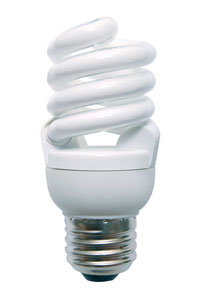Electricity Is a Secondary Energy Source

Source: Stock photography (copyrighted)

Source: Stock photography (copyrighted)
Electricity is the flow of electrical power or charge. It is both a basic part of nature and one of our most widely used forms of energy.
Electricity is actually a secondary energy source, also referred to as an energy carrier. That means that we get electricity from the conversion of other sources of energy, such as coal, nuclear, or solar energy. These are called primary sources. The energy sources we use to make electricity can be renewable or non-renewable, but electricity itself is neither renewable or nonrenewable.
Electricity Use Has Dramatically Changed Our Daily Lives
Before electricity became available over 100 years ago, houses were lit with kerosene lamps, food was cooled in iceboxes, and rooms were warmed by wood-burning or coal-burning stoves.
Many scientists and inventors have worked to decipher the principles of electricity since the 1600s. Some notable accomplishments were made by Benjamin Franklin, Thomas Edison, and Nikola Tesla.
Benjamin Franklin demonstrated that lightning is electricity. Thomas Edison invented the first long-lasting incandescent light bulb.
Prior to 1879, direct current (DC) electricity had been used in arc lights for outdoor lighting. In the late 1800s, Nikola Tesla pioneered the generation, transmission, and use of alternating current (AC) electricity, which reduced the cost of transmitting electricity over long distances. Tesla's inventions used electricity to bring indoor lighting to our homes and to power industrial machines.
Despite its great importance in our daily lives, few of us probably stop to think what life would be like without electricity. Like air and water, we tend to take electricity for granted. But we use electricity to do many jobs for us every day — from lighting, heating, and cooling our homes to powering our televisions and computers.



